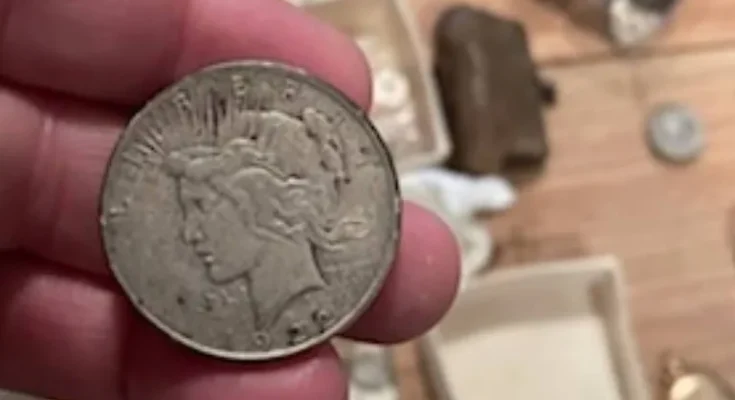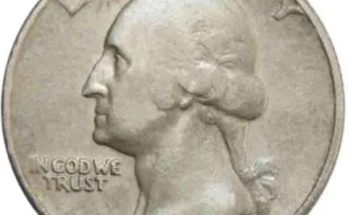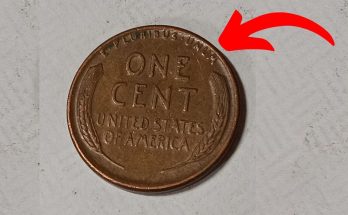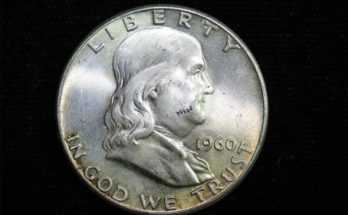Have you ever found a coin in your pocket change that was so worn you could barely even tell what date was on it?
These types of coins often have received so much wear that they are almost worn smooth.
While many coin collectors avoid buying (or keeping) these so-called low ball coins, some actually do seek them out for their collections.
What is the appeal of collecting coins in such low grades?

Here are the 3 main reasons people choose to collect lowball coins:
#1 – They are dirt cheap, compared to similar types of coins that are in much higher states of preservation.
In many cases, a rare, early type coin — such as Flowing Hair large cents — can be had for a third or half of the price of the same date of coin in a grade of Good-4.
#2 – They are readily available.
While many rare coins (especially early type coins) are extremely difficult to locate even in well-worn grades like Good, Very Good, and Fine, often times these same pieces are easy to locate in Poor-1, Fair-2, and About Good-3. This is particularly the case with all Flowing Hair and Draped Bust coinage.
#3 – They are great for silver investors who are looking to snap up junk coins for a bullion portfolio.
Any silver coin in a grade of Good-4 or higher will have a numismatic premium, but silver coins (especially common-date pieces from the 20th century) carry a much lower premium over the spot bullion price than a coin with a decent amount of detail. Here’s more about junk coins.
Tips For Collecting Lowball Coin Sets
Do you remember when most coin collectors aspired to assemble a set of Mint State 70 (perfect) coins?
While there are still plenty of numismatists who will drool over a beautiful, lustrous coin encapsulated in a chunk of plastic bearing an “MS 70” label, there is actually a small but dedicated number of collectors who enjoy trying to build the worst grade coin collection.
Many start just by collecting well-worn coins found in their pocket change — and they build out their lowball collection from there.

Even the Professional Coin Grading Service (PCGS) has gotten in on the worst grade coin collecting trend by starting the so-called lowball registry set. (See the 2 slabbed coins pictured together, above.) Imagine, trying to put together an entire collection of Morgan silver dollars grading below Good-4!
Most low ball coin collectors don’t go through the expense of having their coins authenticated and slabbed by PCGS or another of the third party coin grading company — but it certainly is a noble challenge for any coin collector who thinks outside the box.
Are Low Ball Coins A Good Investment?

It goes without saying that buying a low ball coin is more often a move made to fill an empty (and very expensive) hole in a coin album than as a judgment call by a young investor who wants to retire by age 40.
However, lowball coins are desired by a great many coin collectors who simply can’t afford better examples of coins. And when economic times are tough, a low ball coin looks especially desirable to a coin collector on a shoestring budget.
While it is impossible to predict the future value of any coin, what can be said is this: If you buy a low ball coin for your collection, purchase it because you want it — not because you hope to make a profit from its eventual sale.
All coins have a market, be it small or large, and will surely find an eager buyer once the time comes that you are ready to upgrade your coin collection.



